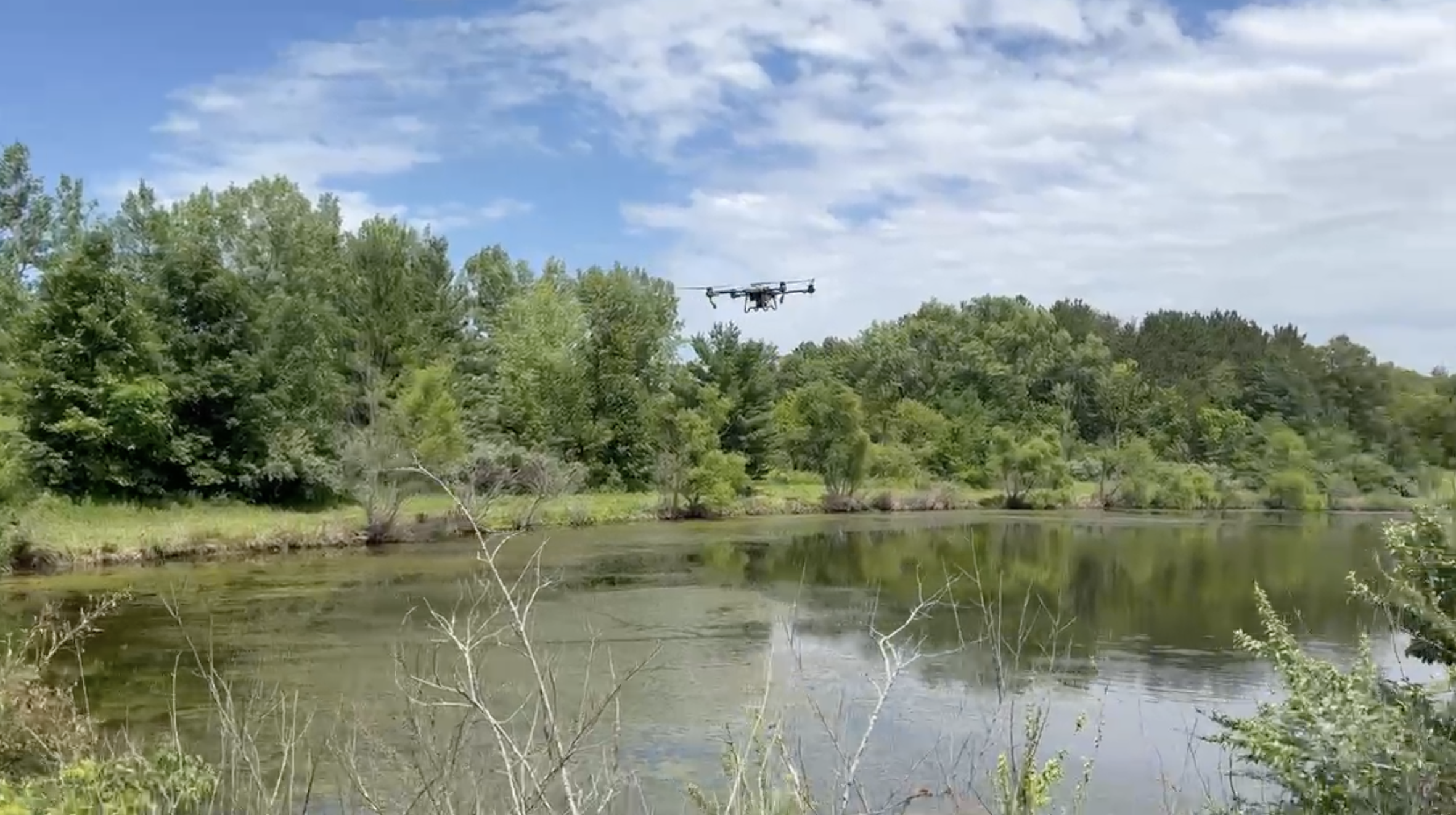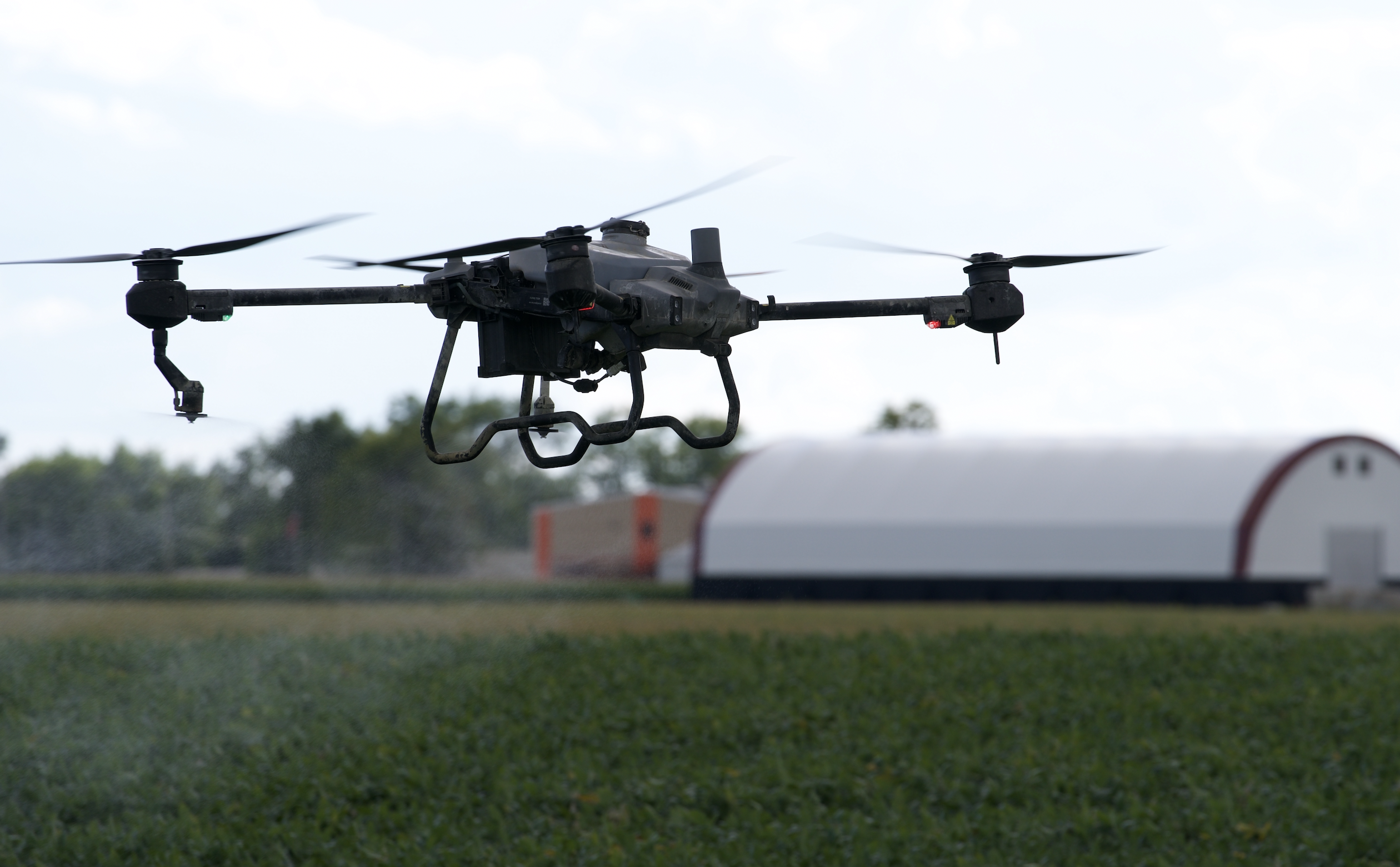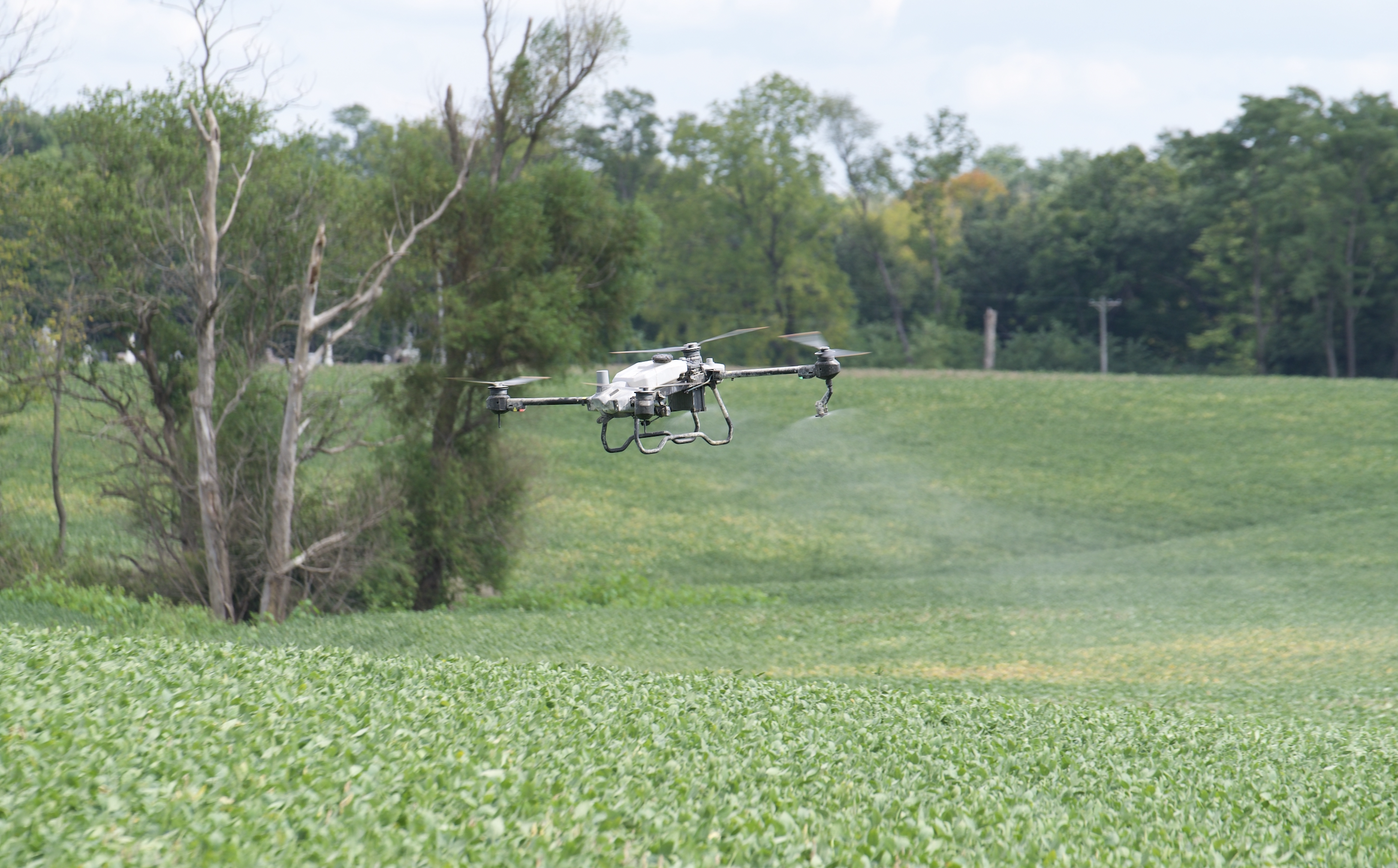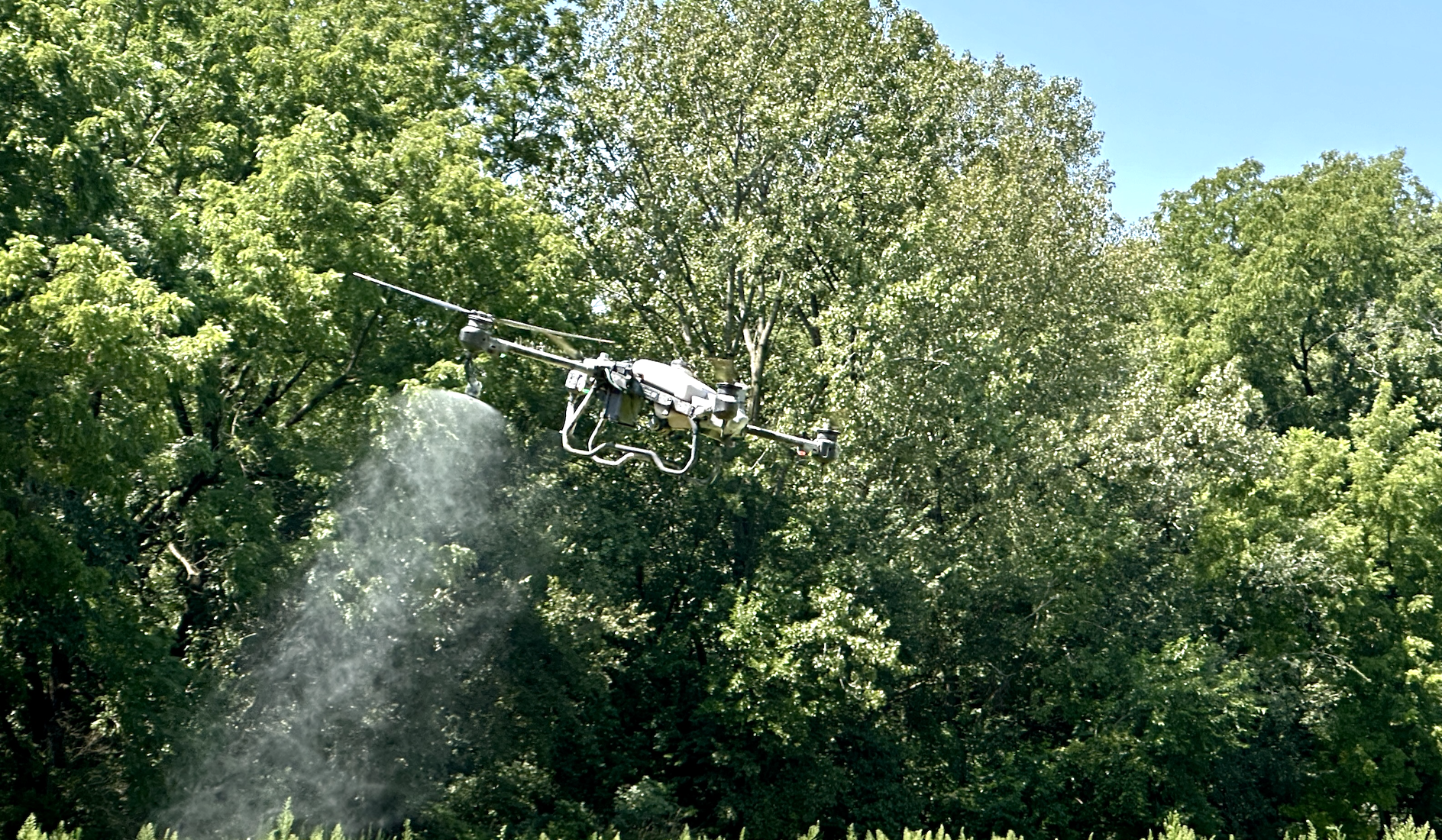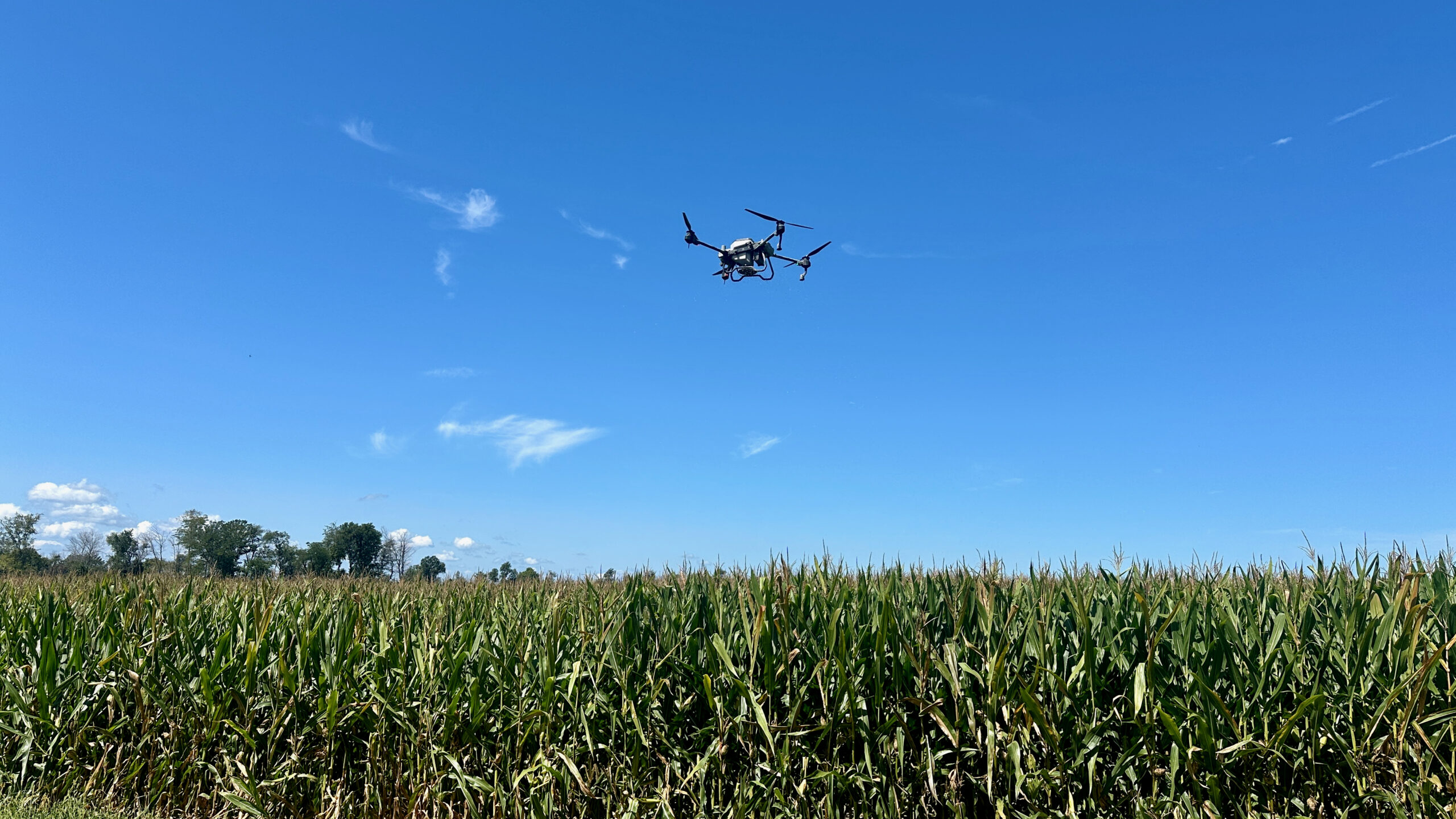When it comes to maintaining the health of our lakes, one of the most significant challenges is the management of algae. These tiny, often microscopic plants can explode into massive blooms that not only disrupt the ecosystem but also pose serious risks to human health and local economies. That’s where AgFly steps in with their innovative lake algae treatment services. But what exactly is lake algae, and why is AgFly’s approach making such a difference? Let’s dive in.
What is Lake Algae and Why is it a Problem?
Algae are a natural part of aquatic ecosystems, but when conditions are just right—think excess nutrients, warm temperatures, and stagnant water—they can grow out of control, forming what’s known as an algal bloom. Some of these blooms, particularly Harmful Algal Blooms (HABs), can produce toxins that are dangerous to both humans and wildlife. Even non-toxic algae can wreak havoc on a lake by depleting oxygen levels and disrupting the balance of the ecosystem.
Overview of AgFly’s Role in Lake Algae Treatment
AgFly has emerged as a leader in tackling this environmental issue. Specializing in aerial application and monitoring, AgFly uses state-of-the-art technology to treat and manage algae in lakes efficiently. Their methods not only address current algae problems but also help prevent future blooms, ensuring that our lakes remain clean, safe, and healthy.
Understanding Lake Algae
Types of Algae Found in Lakes
Not all algae are created equal, and it’s important to distinguish between the different types to understand the problem.
Harmful Algal Blooms (HABs)
HABs are particularly concerning because they can produce toxins harmful to humans, pets, and wildlife. These toxins can cause everything from skin irritation to serious respiratory issues, and in some cases, they can even be fatal.
Non-Harmful Algae
While non-toxic algae don’t produce harmful toxins, they can still cause problems. Large blooms can block sunlight from reaching other aquatic plants, deplete oxygen in the water, and create unpleasant odors.
Causes of Algae Growth in Lakes
Understanding what causes algae to grow is key to controlling it. Here are some of the main culprits:
Nutrient Runoff
Nutrients like nitrogen and phosphorus, often from fertilizers and agricultural runoff, are like fast food for algae. When these nutrients wash into lakes, they fuel rapid algae growth.
Climate Change Impact
Warmer temperatures and changes in precipitation patterns can create ideal conditions for algae blooms. Climate change is increasingly recognized as a factor that exacerbates the frequency and intensity of these blooms.
Water Circulation Issues
Lakes with poor water circulation or stagnant areas are more prone to algae growth. Without proper water movement, nutrients settle and create hotspots for algae to thrive.
The Impact of Algae on Lake Ecosystems
The presence of excessive algae can have wide-reaching effects on both the ecosystem and the surrounding community.
Effects on Aquatic Life
Algae blooms can reduce oxygen levels in the water, leading to dead zones where fish and other aquatic life cannot survive. This disrupts the food chain and can lead to significant losses in biodiversity.
Risks to Human Health
HABs can make water unsafe for swimming, fishing, and even boating. The toxins produced can cause a range of health issues, including skin rashes, respiratory problems, and in severe cases, neurological effects.
Economic Consequences for Surrounding Communities
Tourism, property values, and local fisheries can all take a hit when algae blooms occur. Clean-up efforts and the loss of recreational use of the lake can be costly for communities.
AgFly’s Approach to Lake Algae Treatment
Introduction to AgFly’s Services
AgFly combines cutting-edge technology with environmental expertise to provide comprehensive lake algae treatment services. Their approach is tailored to the specific needs of each lake, ensuring effective and sustainable results.
Innovative Aerial Application
One of AgFly’s key innovations is their use of aerial application methods. By using drones and helicopters, AgFly can treat algae outbreaks quickly and efficiently, even in large or hard-to-reach areas.
Drone and Helicopter Seeding Techniques
AgFly uses drones and helicopters equipped with advanced seeding technology to deliver algaecides directly to the affected areas. This method ensures that the treatment is evenly distributed, maximizing its effectiveness.
Precision Targeting of Algae Hotspots
Using GPS and real-time data, AgFly can precisely target algae hotspots, reducing the amount of treatment needed and minimizing the impact on the surrounding environment.
Environmentally-Friendly Solutions
AgFly is committed to using treatments that are safe for both the environment and the local community.
Use of Safe, EPA-Approved Algaecides
All algaecides used by AgFly are EPA-approved, meaning they have been thoroughly tested for safety and effectiveness. These treatments are designed to target algae while minimizing harm to other aquatic life.
Promoting Sustainable Water Health
Beyond just treating the immediate problem, AgFly focuses on promoting long-term water health. This includes monitoring nutrient levels and working with local stakeholders to reduce runoff and other factors that contribute to algae growth.
Monitoring and Maintenance Services
AgFly’s job doesn’t end after the initial treatment. They offer ongoing monitoring and maintenance services to ensure that lakes remain algae-free.
Regular Aerial Surveillance
AgFly uses aerial surveillance to regularly monitor treated lakes. This allows them to detect any new algae growth early and respond quickly.

